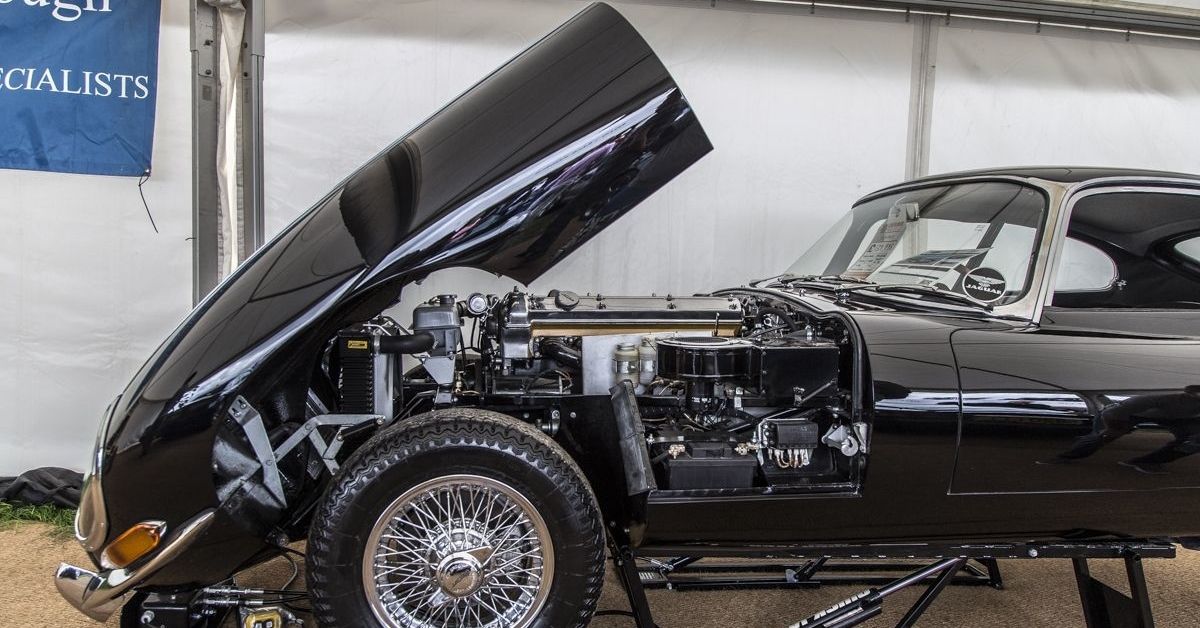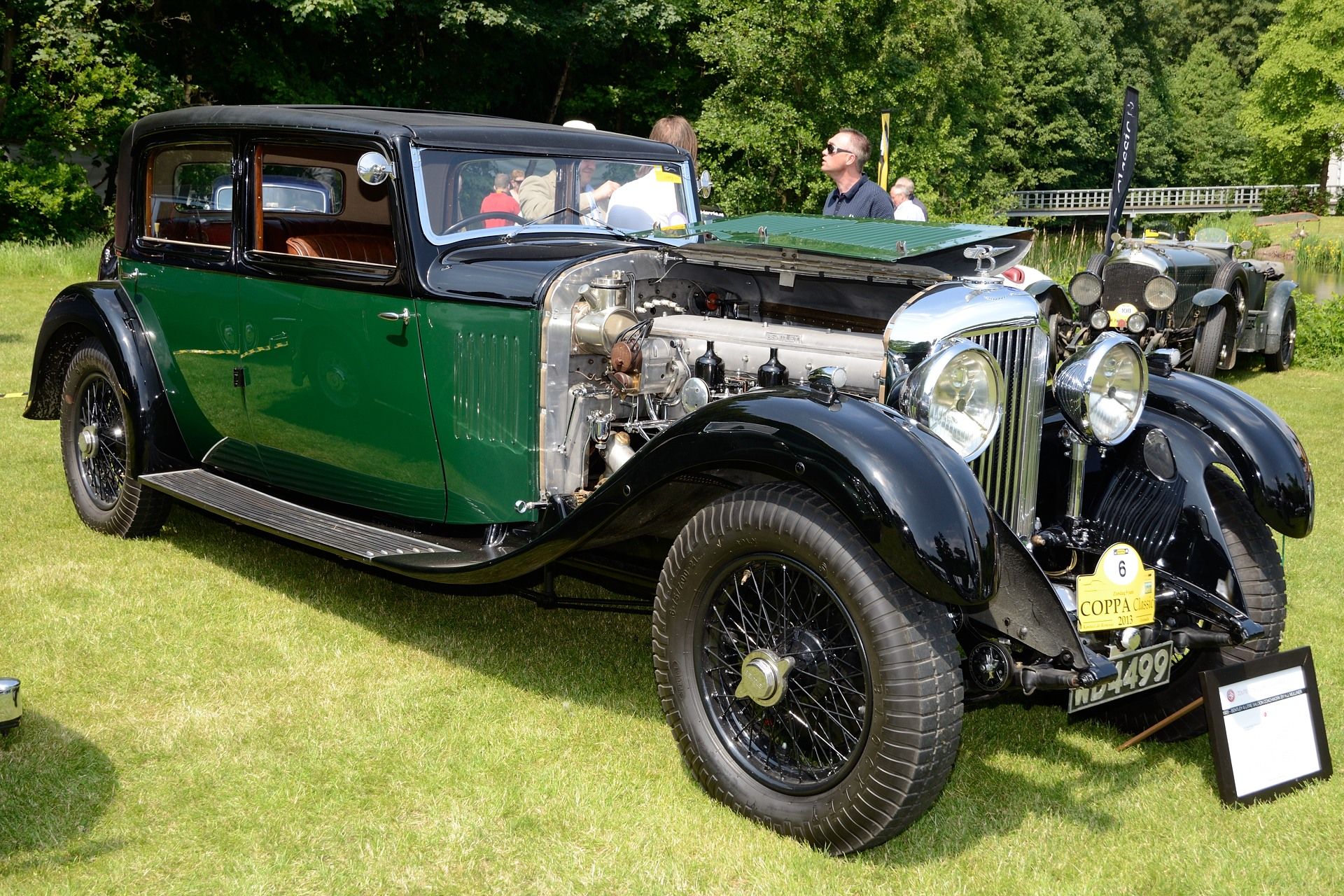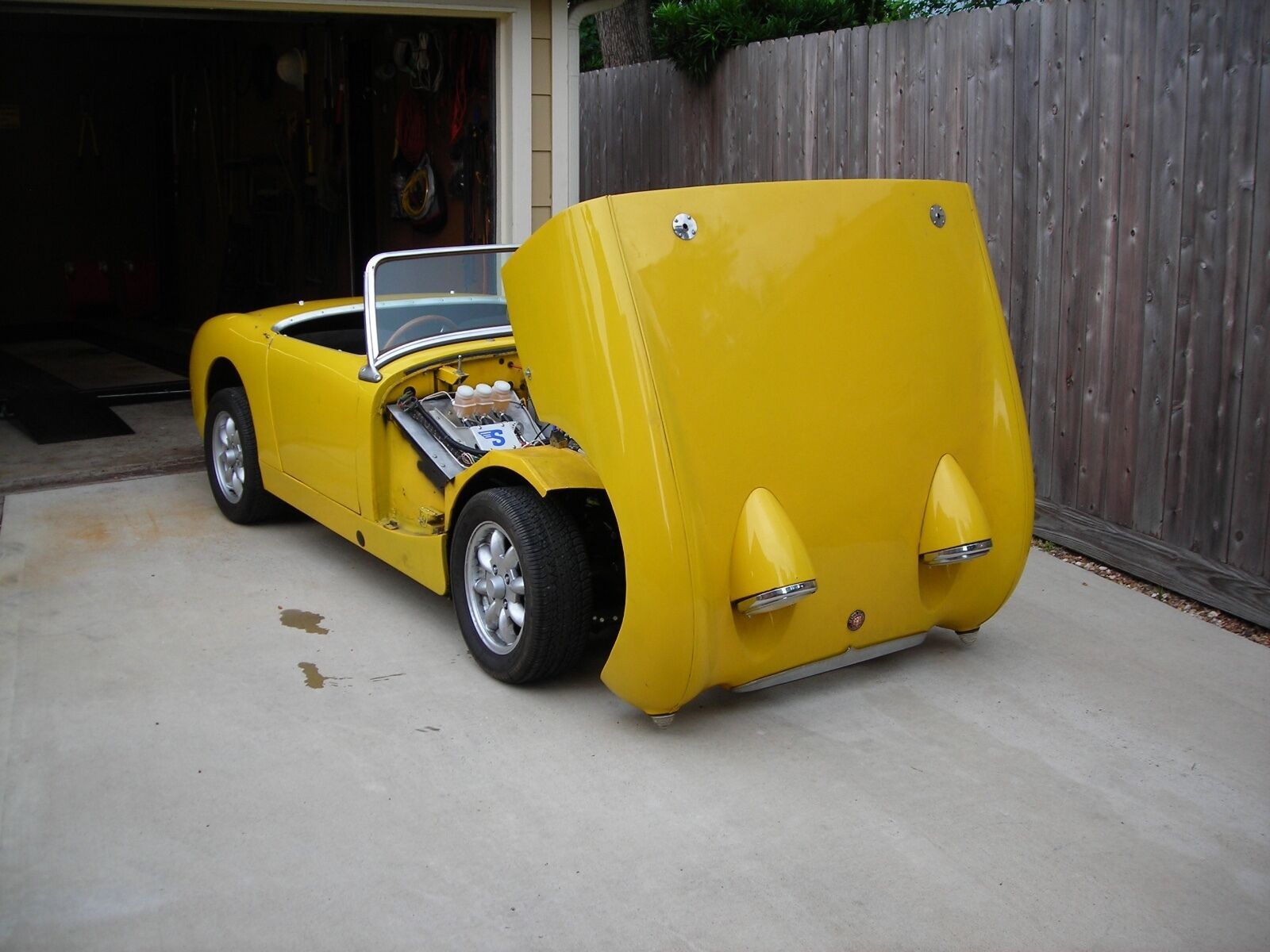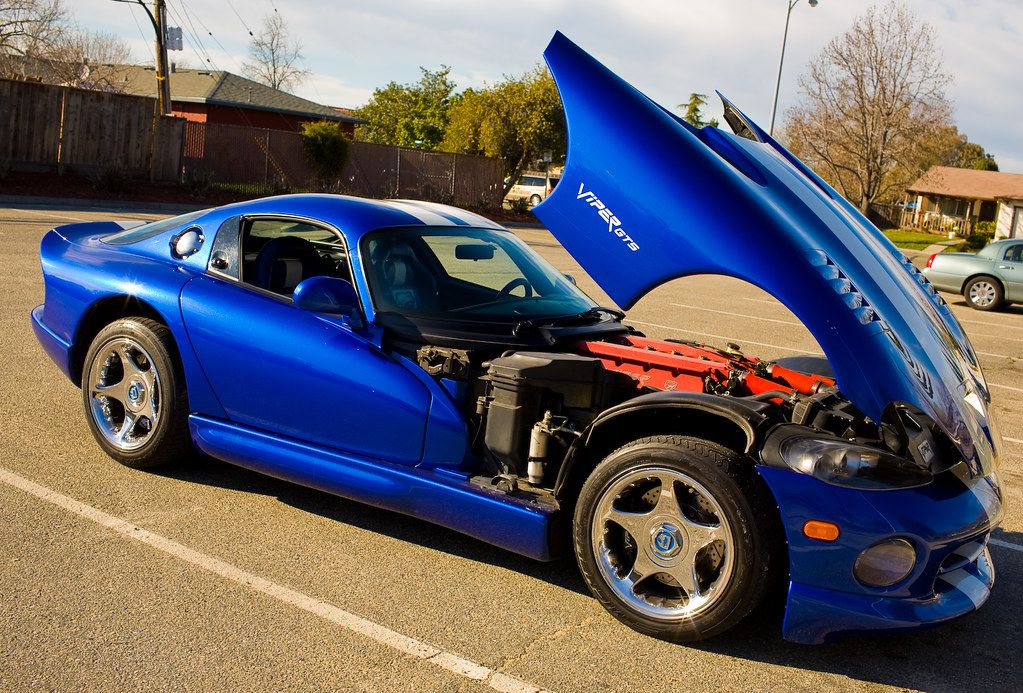There are certain designs on cars that gearheads just love. Things like butterfly doors, side pipe exhaust systems, and perfectly sculpted grilles have a kind of inexpressible appeal. Sometimes it's simply the aesthetic value of a shape. Sometimes the beauty comes from the impressiveness and the elegance of the engineering. Sometimes we can't quite put our finger on any one thing about it.
So it is with the reverse opening hood, also known as a front flip/tilt/hinged hood and colloquially as a clamshell hood. Why is it that this uncommon hood configuration is so popular among car enthusiasts? While it's likely the product of the feature's rarity, resultant interestingness, and general form, the reverse opening hood is more than just a curiosity.
The front flip hood is an innovation from an earlier era of automobiles. Not especially different in engineering from the now conventional front opening, rear hinged hood, the front hinged design has fallen out of favor almost entirely and become conspicuously absent from today's market. Nonetheless, it does occasionally pop up, usually in exotic sportscar styling, for a few reasons.
Distinctively different, the front hinged hood has some interesting practical advantages when done well... but some annoying drawbacks when done poorly.
A Short History Of Hoods
First, let's clarify exactly what a front flip hood is. There are a number of different terms for describing the same thing, but since front flip hoods are so rare today, there can be some confusion over what to call them, never mind how practical they are.
In the earliest days of automobiles, most hoods (or bonnets, as they were known originally and are still known in much of the world today) were two piece affairs, hinged in the middle and opening from the side rather than the front or back by lifting up towards the centerline of the car and folding over to provide engine access. This is the design used for the Ford Model T of the 1900s, '10s, and '20s and the SS Jaguar 100 of the 1930s.
The next development of the car hood was in the introduction of the one piece, front or rear opening hood we know today. These were known as clamshell hoods regardless of their direction of whether they were hinged at the front or rear. The term referred strictly to the one piece construction. Today, however, many use "clamshell" to refer specifically to front flip hoods.
Whatever you call them, front hinged hoods had their heyday around the middle of the 20th century, taking hold as a common design in the 1950s. By the '70s, though, their use had waned significantly, and today they are found on only a handful of high performance cars with exotic styling.
Advantages Of A Flip Front Hood
While they have fallen out of favor today, the reverse opening hood was once quite popular. They frequently appeared on the small sports cars of the , including the classic Ford Thunderbird, the Sunbeam Alpine which borrowed much of the Thunderbird's styling, and the Triumph Spitfire. Some car owners even modified their conventionally opening hoods to flip forward, as was the case with the Austin Healey Bugeye Sprite pictured above.
The main reason for this boom in the front flip hood's popularity was the superior engine access that the design could offer. While rear hinged hoods often open to an angle close to 45 degrees, a front flip hood can open almost a full 90. There is no limit to headroom as you look over the engine from above, and lighting is improved with the hood opened forward and away rather than simply above.
On high performance cars without hood pins, like the first generation Dodge Viper, a front flip hood also reduces risk should the hood latch fail. Because the hood opens in the same direction the car travels rather than in the direction the wind passes over it, the chance of air catching a loose hood and throwing it up into the driver's field of view at high speeds is eliminated. This is the same risk posed by suicide doors, and it's where they get their name.
Of course, neither suicide doors nor hoods are at risk of flying open in modern cars due to improved latches and manufacturing tolerances. Likewise, with engines becoming less and less serviceable by consumers as expensive diagnostic tools play a greater role in car engines, the added engine access isn't quite the advantage that it used to be. Nonetheless, reverse opening hoods, like suicide doors, still have the advantage of impressive styling that stirs the passions of auto enthusiasts, a must for high end exotics.
The Reverse Opening Hood Has Some Limitations
There are a few reasons the front flip hood has almost disappeared from the motoring world. In jurisdictions requiring a front license plate, front flip hoods paired with low noses can cause the plate to scrape on the pavement when the hood is opened. Additionally, some have expressed concern about safety, suggesting that the front hinges of the design are more dangerous to pedestrians in the event of an accident or that a front end collision could break the hinges and allow the hood to fly forward.
The biggest issue, though, is probably the integration of the headlight mounts, front fenders, and grille in the traditional front flip hood design. In a crash, damage to any one of these parts necessitates the replacement of all of them. Of course, there are front flip hoods that don't integrate all of these parts, but they then compromise the ability to open completely. Engine access is no longer improved, and the design is reduced to a mere stylistic variation on the conventional modern hood. It then becomes simply a quirk of the car.




